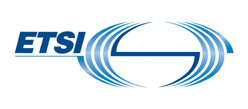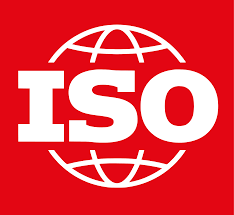Allotrope Ontology (AFO)
The Allotrope Foundation- Ontologies (-AFO-) is a curated collection of defined terms prepared by Allotrope Foundation. The AFO is collectively licensed under the Creative Commons Attribution License (CC-BY). However, the collection includes terms that are from or based on third party sources, as identified in the attribution file within the AFO software release package, as updated from time-to-time. Such individual terms may be subject to subject to other licenses specified by the source (e.g., terms from the CHMO or chemical methods ontology are also under the CC-BY, while terms based on Wikipedia entries are subject to CC BY-SA).


